印度SRM科学技术学院的一组科研人员比较了小型农业光伏系统与单面和双面屋顶光伏系统的性能,发现农业光伏设施的平准化能源成本(LCOE)更低,投资回收期更短。
该研究的通讯作者Manikandan Sundararaj告诉《光伏》杂志:“我们的研究结果适用于所有地点和市场,但土地当量比(LER)取决于当地气候条件和光伏电池板下方所种的作物类型。如果能根据地点和当地气候条件优化合适的作物,毫无疑问,农业光伏将大有裨益。”
实验装置包括一块195 W双面光伏电池板和一个200 W单面太阳能电池组件,均安装在1米高屋顶上,间距为2米,反照率为17.013%。该系统还包括一个4.3 kW农用光伏系统,安装在离地面4米高处,采用单面电池板。
研究人员指出:“所有电池板都朝南,坡度与纬度角相等。采用基于Arduino的数据记录器来测量电流和电压输出。”
研究小组在分析中考虑了电池板温度、功率输出、LER、平准化电力成本(LCOE)、投资回收期和可靠性,并发现与屋顶光伏系统相比,农业光伏系统的功率输出高出12.7%,能效高出4.4%。这是由于农业光伏系统下的微气候使电池板的工作温度降低了6到8摄氏度。
他们还发现,农业光伏阵列的LER为1.85。Sundarajai说:“LER是比较农业光伏和传统光伏系统的恰当指标。如果农业光伏系统的LER高于1,那就更好,因为它在提供农业产出的同时,还能从相同土地面积上获得能源产出。”
分析还显示,农业光伏系统的LCOE为$0.039/kWh,投资回收期为6年,而传统双面系统LCOE为$0.046/kWh,投资回收期为7.56年,传统单面系统LCOE为$0.048/kWh,投资回收期为7.25年。
“平均故障间隔时间(MTBF)结果显示,农业光伏系统非常可靠,MTBF为40.21年,而单面电池板和双面系统的平均故障间隔时间分别为32.31年和31.81年。”科研人员表示,并指出该值描述了系统故障之间的平均时间。
他们总结说:“在光伏系统下种植农作物不仅提高了能源产出,还有助于提高农业光伏系统的整体可靠性,使其为解决水-粮食-能源问题提供一个令人信服且具有经济优势的解决方案。”
他们的研究结果发表在期刊《Renewable Energy Focus》上的研究报告《农业光伏:提高太阳能土地利用效率,促进能源-粮食-水的关系》中。
This content is protected by copyright and may not be reused. If you want to cooperate with us and would like to reuse some of our content, please contact: editors@pv-magazine.com.
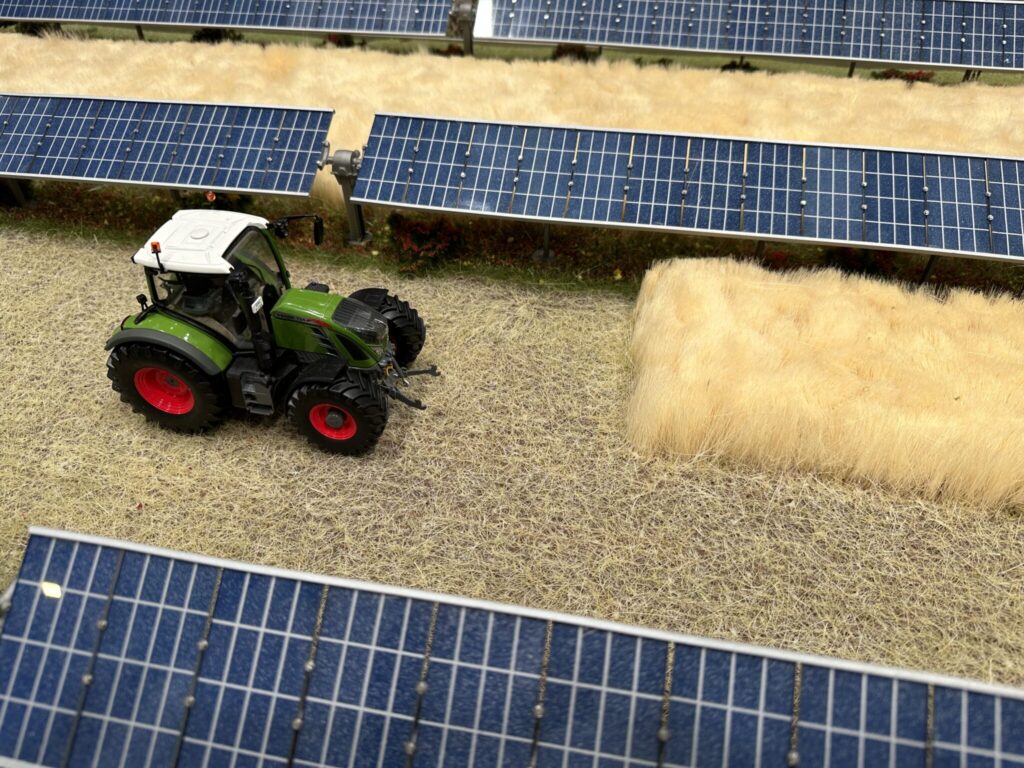



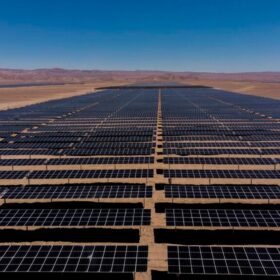
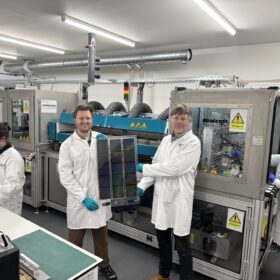
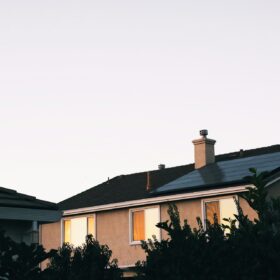
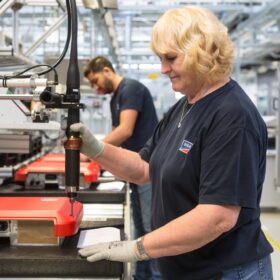
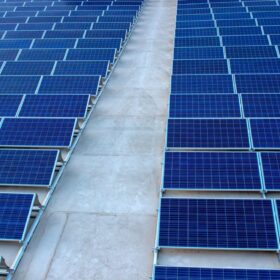
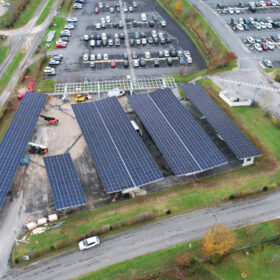
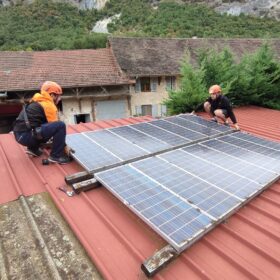
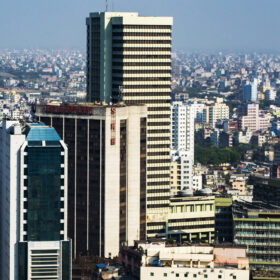
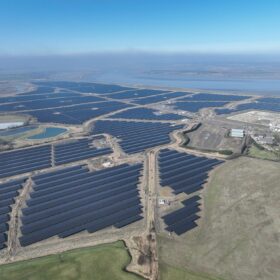
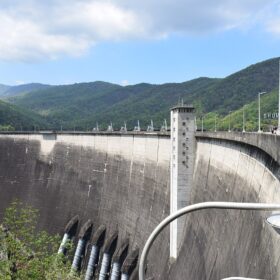
By submitting this form you agree to pv magazine using your data for the purposes of publishing your comment.
Your personal data will only be disclosed or otherwise transmitted to third parties for the purposes of spam filtering or if this is necessary for technical maintenance of the website. Any other transfer to third parties will not take place unless this is justified on the basis of applicable data protection regulations or if pv magazine is legally obliged to do so.
You may revoke this consent at any time with effect for the future, in which case your personal data will be deleted immediately. Otherwise, your data will be deleted if pv magazine has processed your request or the purpose of data storage is fulfilled.
Further information on data privacy can be found in our Data Protection Policy.